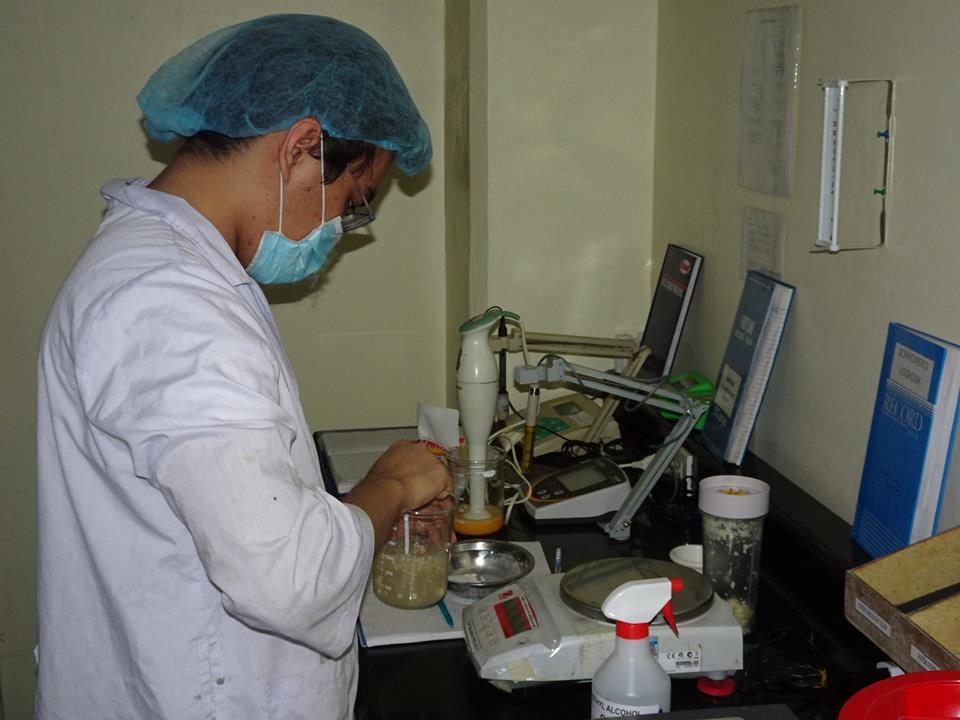
Shelf-life testing or stability testing is an assessment of the functionality, acceptability, safety, effectiveness, and stability of a product over a period of time to establish or verify the expiry date of the product.
Shelf life is determined via two types of stability testing methods: long term stability testing and accelerated stability testing. In long term stability testing, a product is stored at recommended storage conditions and monitored until it no longer falls within product specifications. In accelerated stability testing, a product is stored at elevated stress conditions (higher temperature and humidity) wherein degradation at recommended storage conditions can be predicted using known relationships between the acceleration factor and the degradation rate. Testing should be performed at time intervals that encompass the target shelf life and must be continued for a period after the product degrades below specification. Long term stability testing can take up to two years to complete, thus, the accelerated tests are often used as temporary measures to expedite product introduction.